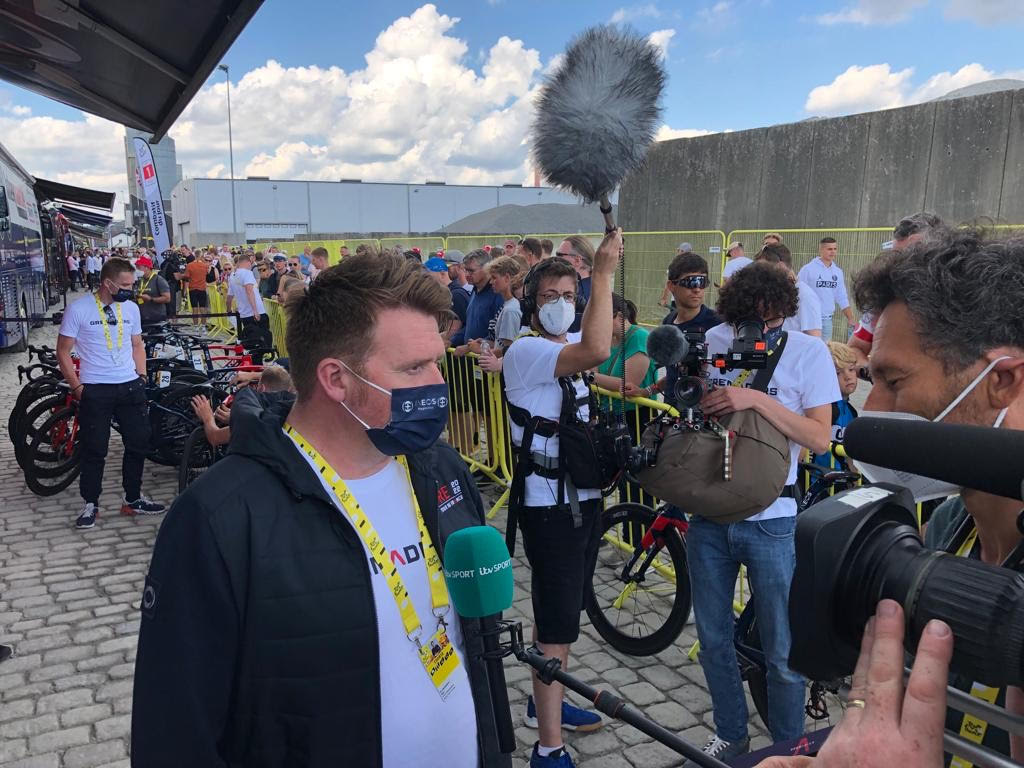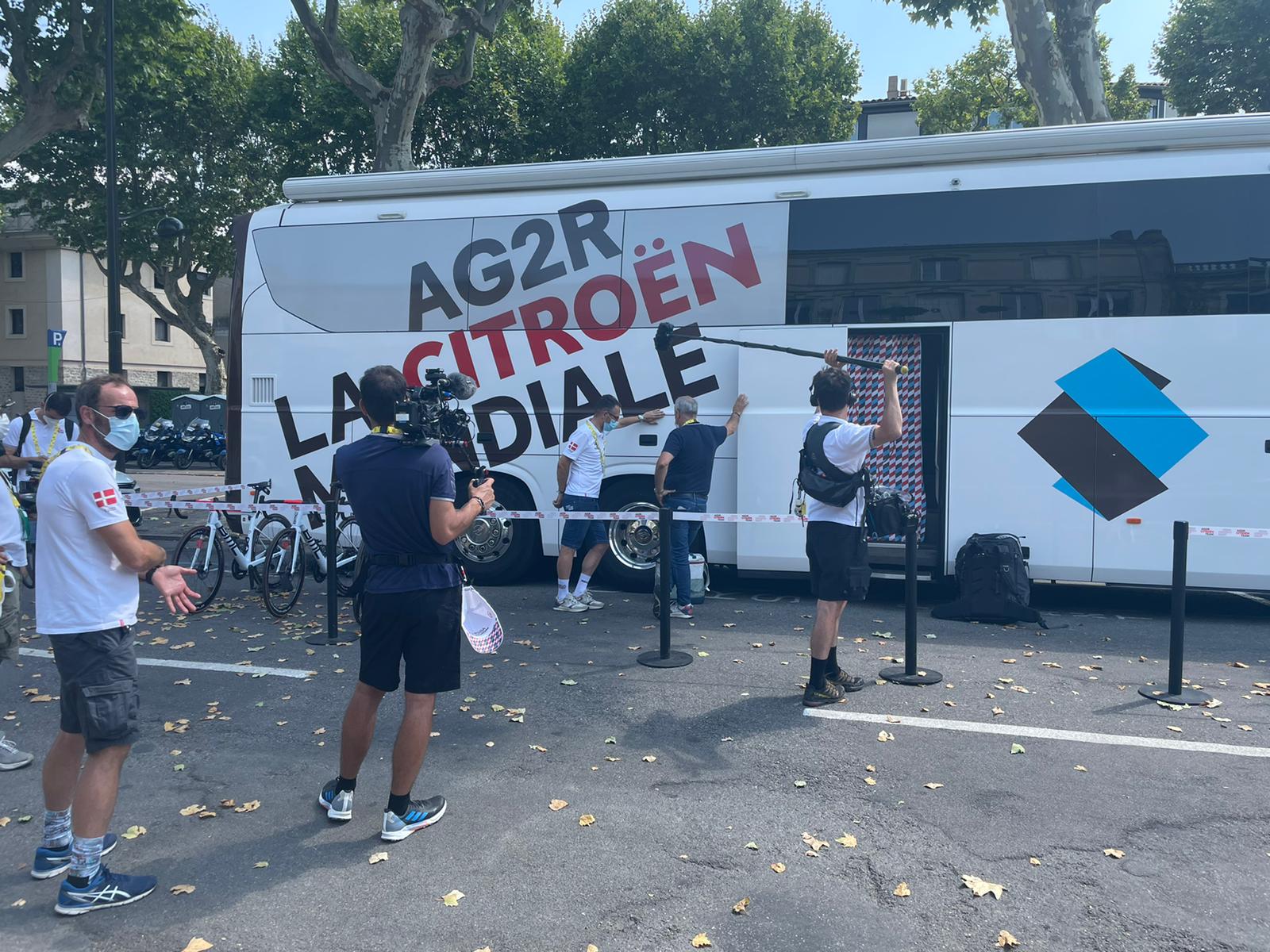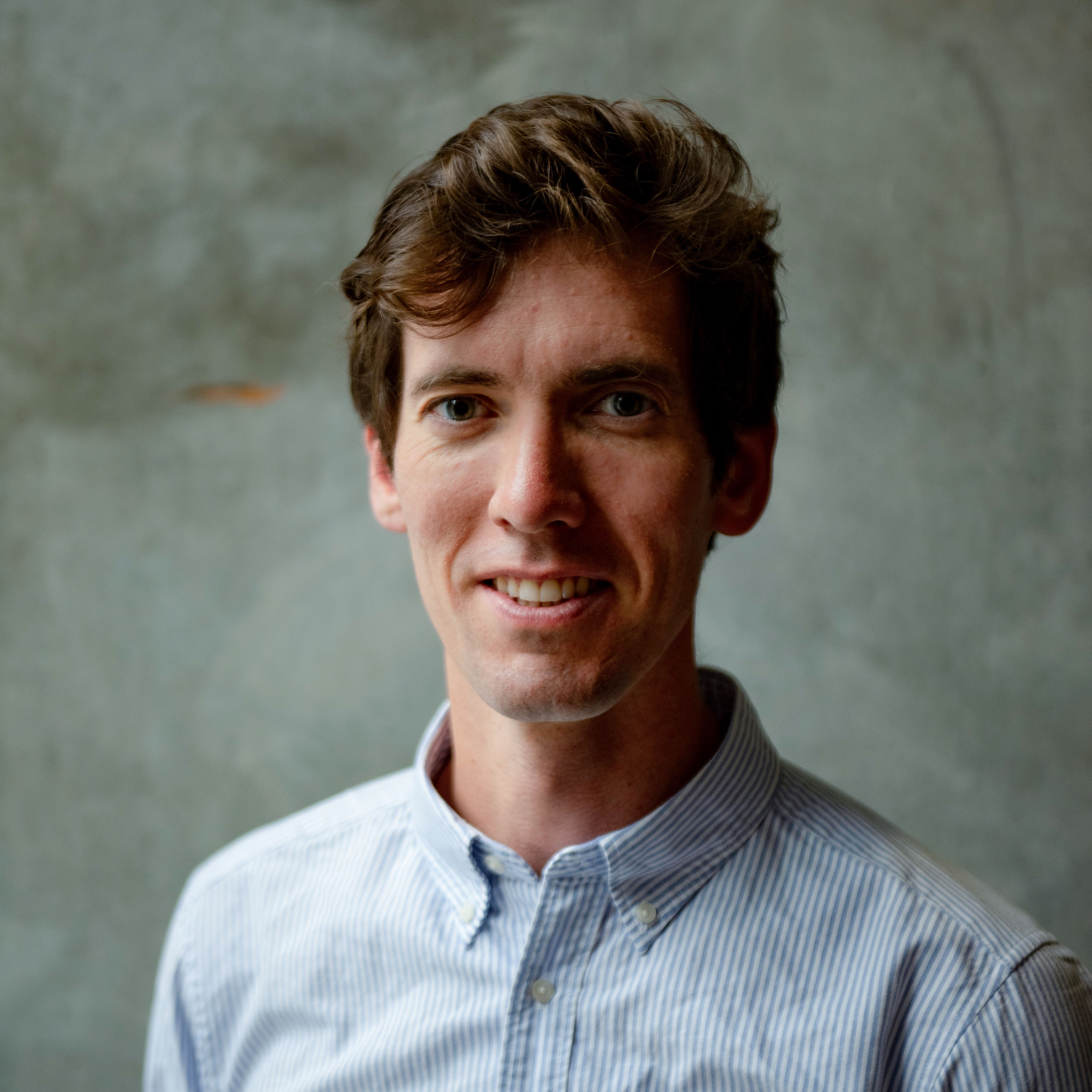The subtle presence of Netflix at the 2022 Tour de France
Production crews working on Netflix's Tour de France documentary litter teams as the series' narrative begins to take shape

It's often hard to make any sense of the pure chaos of the Tour de France. Amid 22 teams, thousands of officials and journalists, and millions of spectators spread over a race spanning thousands of kilometres, carving a unique narrative from within the Grande Boucle is an almost impossible task.
Yet that is precisely what Netflix's much-anticipated series around the Tour de France aims to do.
Netflix's presence at this year's Tour might easily be missed by a casual onlooker. Teams are already equipped with vast entourages, and frequently use in-house video crews to create media material. For those personally following the first few days of the race, though, the presence of Netflix's production crews within teams became increasingly distinct, as production staff dressed in team apparel started to become a fixture in every element of a team’s daily routine.
The Tour is the focal point for the series, which was confirmed in late March, and so the appearance of production crews at this year's race is no surprise. The series is set to be released in eight 45-minute episodes and will feature eight teams: AG2R Citroën, Alpecin-Deceuninck, Bora-Hansgrohe, EF Education-EasyPost, Groupama-FDJ, Ineos Grenadiers, Jumbo-Visma and QuickStep-AlphaVinyl.
UAE Team Emirates declined an invitation to participate, leaving the production to craft the story around the race without featuring the runaway favourite Tadej Pogačar.
Each of the eight teams stand to gain a €50,000 fee for taking part, Cyclingnews understood at the time of the announcement. The overall fee being paid to ASO is believed to be a seven-figure sum.
The current production is a joint venture between Quad and Box to Box Films, the latter was the driving force behind the hugely successful Netflix F1 documentary series Drive to Survive.
The latest race content, interviews, features, reviews and expert buying guides, direct to your inbox!
Overall, ASO confirmed that 70 accreditations had been collected for the production crew, listed as QuadBox productions. Separate crews typically containing videographers, directors and sound engineers cover the eight teams in isolation. Meanwhile, floating production staff try to cover the broader story, laced together by overarching directors and producers bringing together the narrative.
Unique access

While Netflix’s accreditations are the same as any other TV production crews, ASO confirmed, the access offered to the QuadBox team is notable. The crews are fully embedded within team bubbles, spending time on team buses and generally restricted areas.
The filming process on the ground at the Tour seems to have been immersive. Journalists are finding themselves at the back of shot during post-race interviews at team buses, and riders or team staff are wearing microphones during pre- and post-race exchanges. Cyclingnews even noticed riders' wives and partners wearing microphones during seemingly private encounters, generating an unusual sense of curated reality across the race.
For instance, after stage 1's time trial, Cyclingnews witnessed a tender moment between Jonas Vingegaard and his wife, perhaps lasting five minutes. As Vingegaard returned to the team bus, his wife was quickly having her microphone removed by a production team, who were nowhere to be seen during the encounter. Perhaps that formed part of a separate media project for Jumbo-Visma, or perhaps it will play a part in Netflix's series.
Cyclingnews spoke to numerous members of the production, but none were permitted to explain details of the series on record. Nor has Quadbox been forthcoming with media information around the filming of the Tour. From our conversations, though, Cyclingnews understands the series will seek a similar dramatic focus to Drive to Survive, devoting most time and effort to the activities of the teams and riders outside of the race itself, and for Ineos the focus is likely to centre on the battle for GC contention between the team's three joint leaders.
Matters are made tougher for some teams by concurrent documentaries being filmed during the Netflix production. Both Jumbo-Visma and Quickstep-AlphaVinyl have separate teams recording altogether different documentaries – adding pressure to an already hectic Tour schedule.

Crew members recording their own QuickStep documentary, with Woestijnvis productions, explained that the clash of the two filming crews had pushed the limits on access with the teams. Especially challenging for the Woestijnvis is that the Tour is the sole window to collect footage for Netflix, whereas the Dutch production company had already spent months with the team.
Elsewhere, some riders and directeurs sportifs have been heard airing frustrations with the presence of the video teams, who have set out to cover all elements of the race process, including personal exchanges as well as the major developments within the teams. Of course, riders are no strangers to intrusion during the Tour, and despite disgruntlement in places, the squads seem to be taking it in their stride.
While Netflix's presence at the race has been discreet, and seemingly invisible to the fans, press officers mention the increased pressure of accommodating crews and filming segments of footage alongside the normal media demands of the Tour. Yet, given the paltry €50,000 payment to teams, the level of continued access suggests the teams have fully bought into the value of the project.
“I’d be happy to become Netflix famous! Why not?” Rigoberto Urán said of the project. “A lot of people follow me on social media from all over the world and I enjoy using social media to stay in touch with people and share my life and my racing with them. I think the Netflix documentary is the next step in all that.”
Of course, EF Education-EasyPost's media cosiness separates them from most rival teams, but elsewhere the overriding sentiment shared by riders and teams seemed to be that while they may not long for Netflix fame, the series' impact on the sport could be substantial. If this series can do for cycling what Drive to Survive has done for F1, it could be transformative.
“I think the Netflix documentary will help all those new fans and more casual fans get to know us and the sport much better," Urán added. "That can only be a good thing.”

Peter Stuart has been the editor of Cyclingnews since March 2022, overseeing editorial output across all of Cyclingnews' digital touchpoints.
Before joining Cyclingnews, Peter was the digital editor of Rouleur magazine. Starting life as a freelance feature writer, with bylines in The Times and The Telegraph, he first entered cycling journalism in 2012, joining Cyclist magazine as staff writer. Peter has a background as an international rower, representing Great Britain at Under-23 level and at the Junior Rowing World Championships.